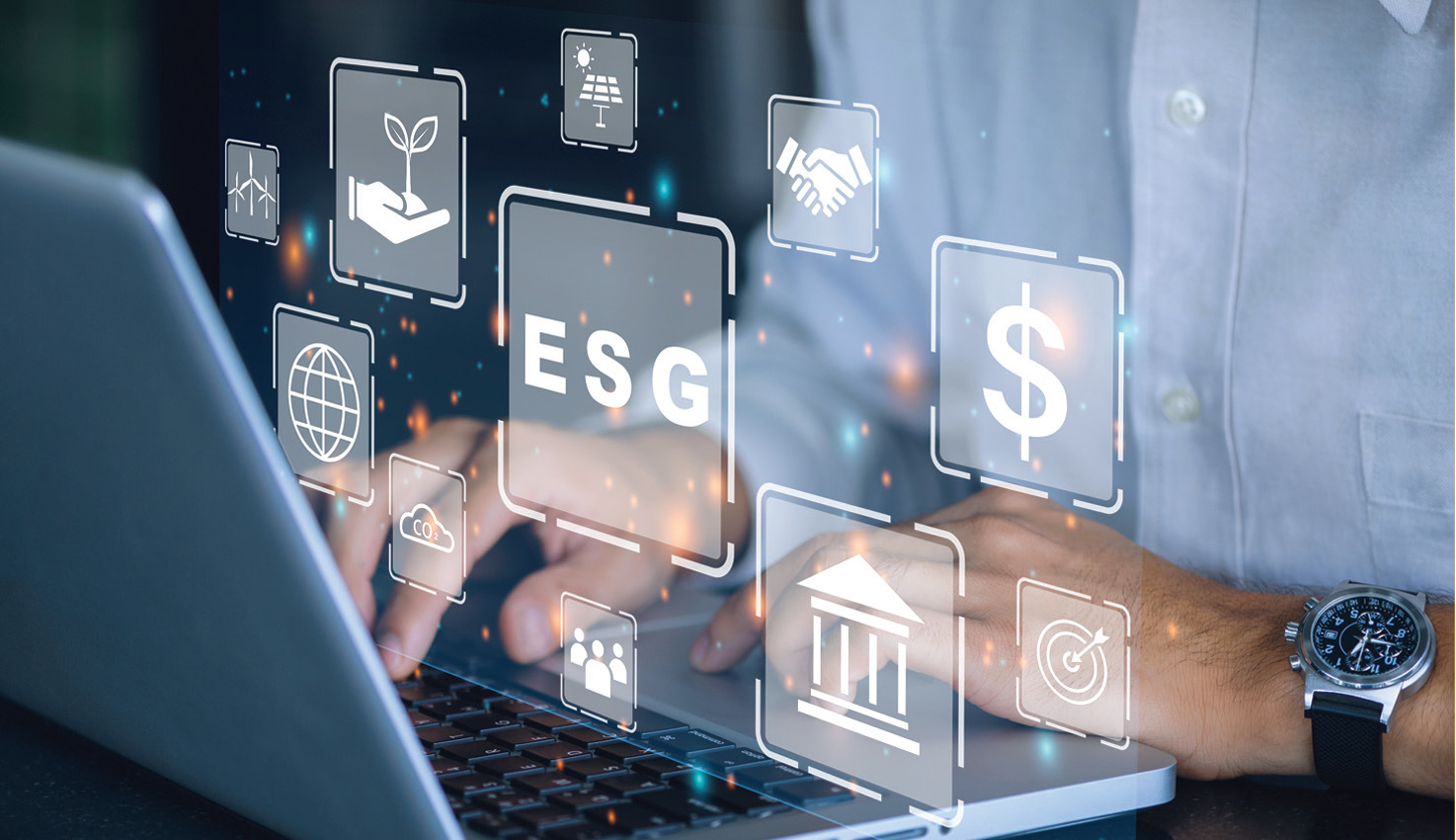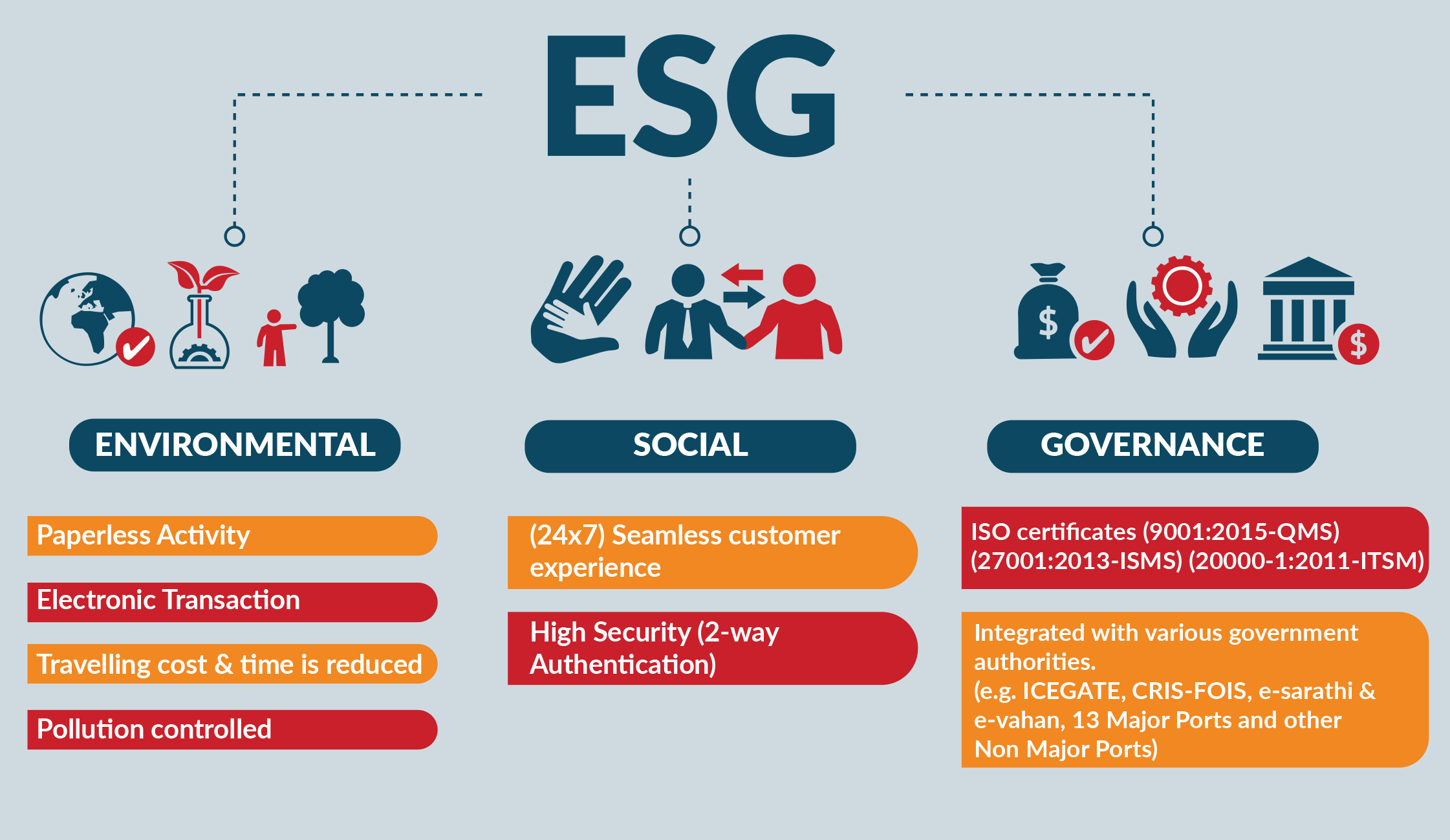Digital transformation and sustainability today are mainstream in the modern economy. And as the spotlight on both intensify, it is becoming evident that the adoption of technologies is helping not just increase efficiencies but also helping achieve sustainability goals.
The use of technology in business processes can address environmental, social and governance issues. As awareness increases and legislation changes, companies are being forced to take measures to reduce their ecological footprint through moderate consumption of natural resources.

According to industry estimates, digital technologies can contribute to reducing global CO2 emissions by around 15 percent. Cloud computing can help reduce emissions by providing a virtual environment for applications, platforms, and software. According to data from International Data Corporation (IDC), the adoption of cloud computing could help to avoid the emission of more than one Bn ton of CO2 between 2021 and 2024.
One of the central benefits of going digital is the ability to abandon or reduce paper usage. The paper industry has a significant environmental impact, both in terms of the resources used to produce paper and the waste generated by paper consumption. According to Greenpeace, nearly half of all wood harvested for industrial uses is used to produce paper. Much of this paper is used for issuing invoices. The Billentis report entitled The E-Invoicing Journey 2019-2025, estimates that the global market produces 550 Bn invoices per year. This figure is expected to increase fourfold by 2035. According to a 2019 study, only around 10 percent of all invoices were exchanged electronically, totalling around 55 Bn.
E-invoicing also helps eliminate mail transportation, thereby lowering CO2 emissions, and reducing fossil fuel pollution. The other cases for digitalization are automation lends security to transactions and increases transparency, in turn securing the trust of all stakeholders involved and the community at large. In addition, documents are stored for perpetuity, reducing the chances of loss or damage, all of which are crucial to business continuity. Business benefits that can immediately be accounted for are cost savings, ease of updation and scalability.
Digital transformation is often driven by larger purposes. COVID-19 was an example of how digital workplace solutions, the cloud, high-speed networks and smart devices, kept us connected despite the physical distances. And more essentially, it aided in ensuring countries received vital goods.
The growth in international trade is the result of both technological developments and concerted efforts to reduce trade barriers. Compared to 40 years ago, the developing world is much more open to international trade and integrated in the global trading system. Global trade is projected to grow broadly in line with global GDP over the next 30 years. By 2050, it is expected to double in real terms and almost quadruple in dollar terms to reach close to USD $ 100 Tn. Therefore, there is a need to break away from the siloed manner in which trade is conducted and have all stakeholders interact on a single platform.
To ensure sustainable development, the NLP-M or National Logistics Platform – Marine, aims to bring all stakeholders in EXIM trade to transact on a singular platform. Governing bodies also appreciate that the system offers a single, integrated platform allowing for increased efficiency with continuous monitoring and administration. Increased value is also attached to such a facility, given the new security environment, with an emphasis on advance information and risk analysis. The United Nations Economic Commission for Europe (UNECE) defines such a single window system as a facility that allows parties involved in trade and transport to lodge standardized information and documents with a single-entry point to fulfil all import, export and transitrelated regulatory requirements.
A large portion of the trade processing operation now takes place online, as the NLP-M system is interfaced with intermediary parties like banks. This reduces the time taken to secure permission and approvals. The system helps bring in a lot of efficiency by allowing, pre-planning, scheduling and following through on commitments. Also, the GPS tracking system, live ETA functions and vehicle tracking can further improve real-time navigation and rerouting to save time and fuel costs by planning and navigating through the most efficient route. Good planning and management of container terminal operations can reduce vessel waiting time and fuel consumption. NLP-M, provides 24x7 support, allowing stakeholders to interact and resolve their issues immediately. The system with its twoway authentication, helps stakeholders safeguard their information. The data is stored at centres by cloud service providers, render ease of information retrieval and minimise loss.
The NLP-M is a governmentauthorized licenced platform, and permits approvals, submission of documents to customs services, port and transport activities, and transit movement control activities. The single window predominantly focuses on document filing and submission services. The system is integrated with various government authorities like ‘ICEGATE’, ‘CRIS-FOIS’, ‘DG Shipping’, and many more. It also follows the International Organization for Standardization, i.e., ISO 9001:2015 for Quality Management Systems (QMS), ISO 27001:2013 for Information Security Management Systems (ISMS), and ISO 20000- 1:2011 for Information Technology Service Management (ITSM) providing a strong basis for the development of national and international regulation.
Moving forward the need for the world to be faster and collaborate more closely, will be dire. Entities can ill afford to be working in isolation. As business picks up pace and trade blocs promote cross border business, countries must adopt technologies to help weave the various pieces of trade and logistics, to offer seamlessness of integration and transactions.
